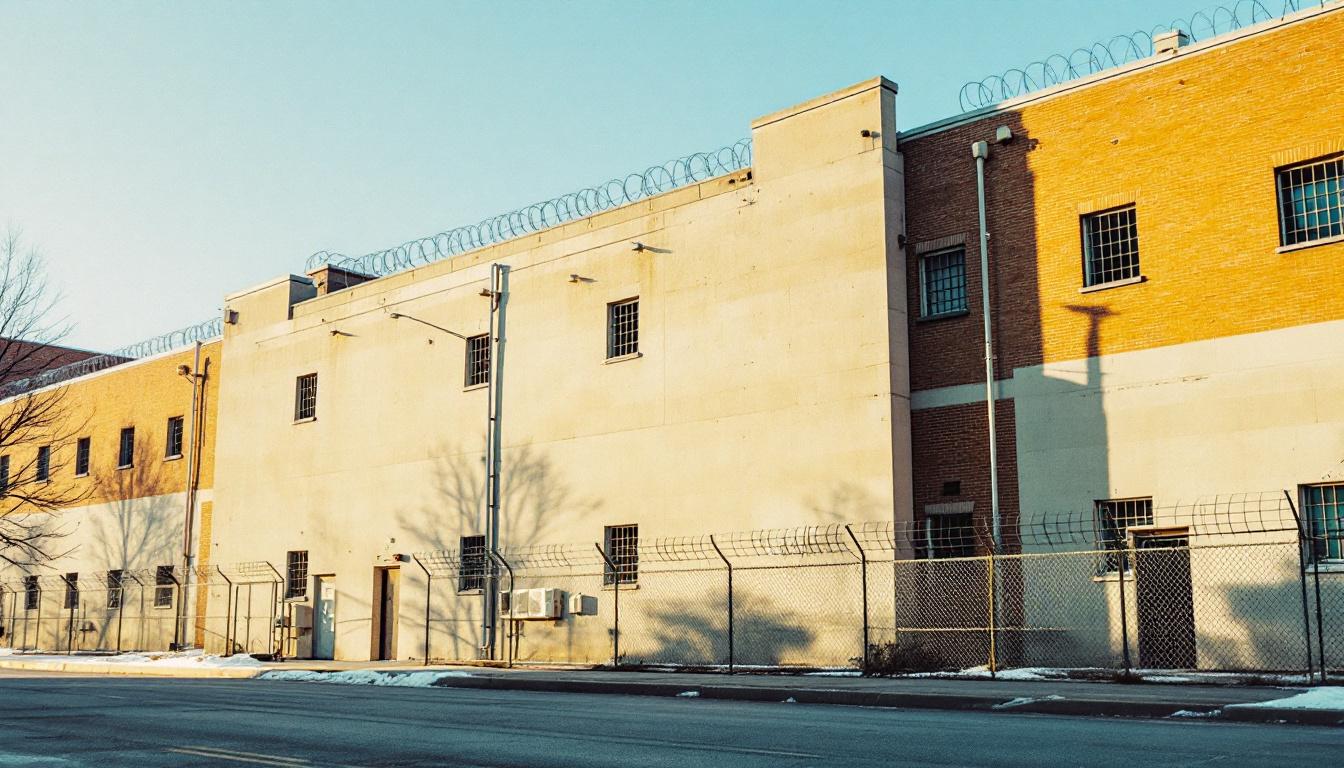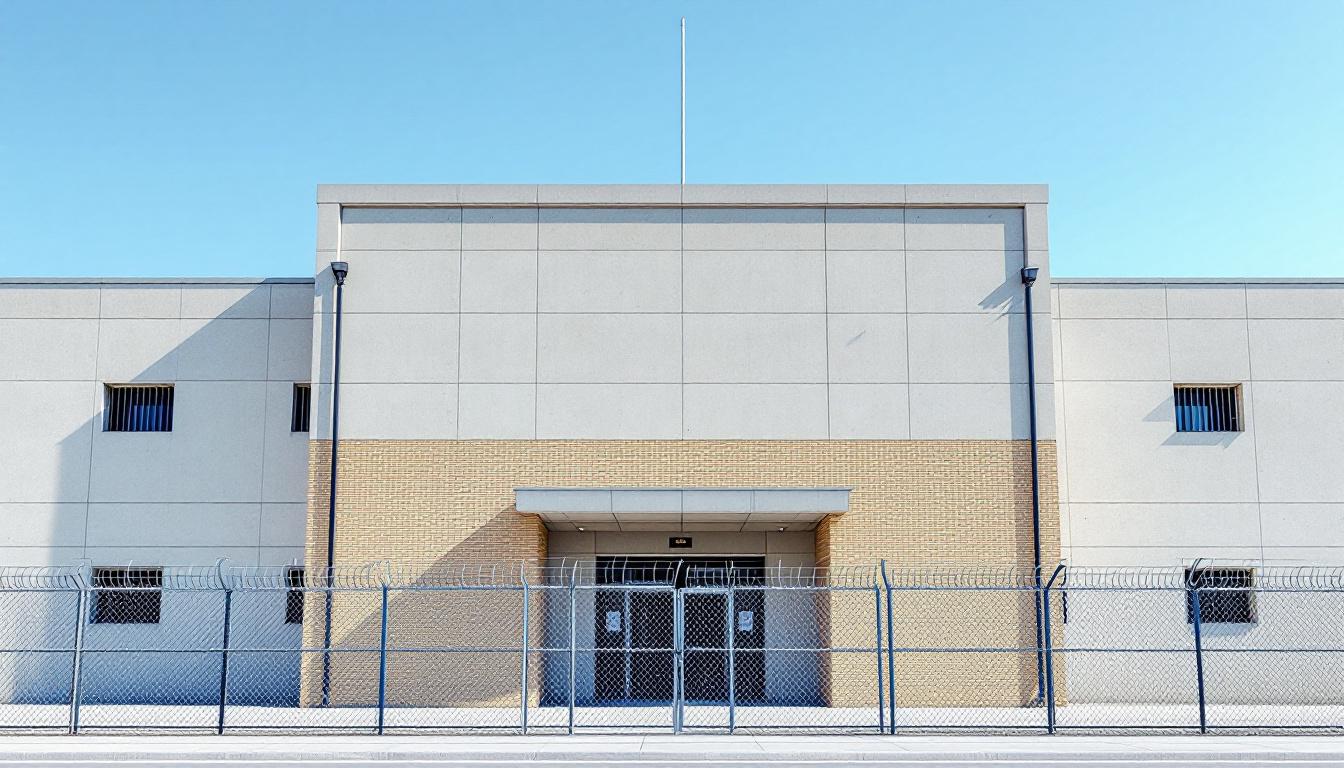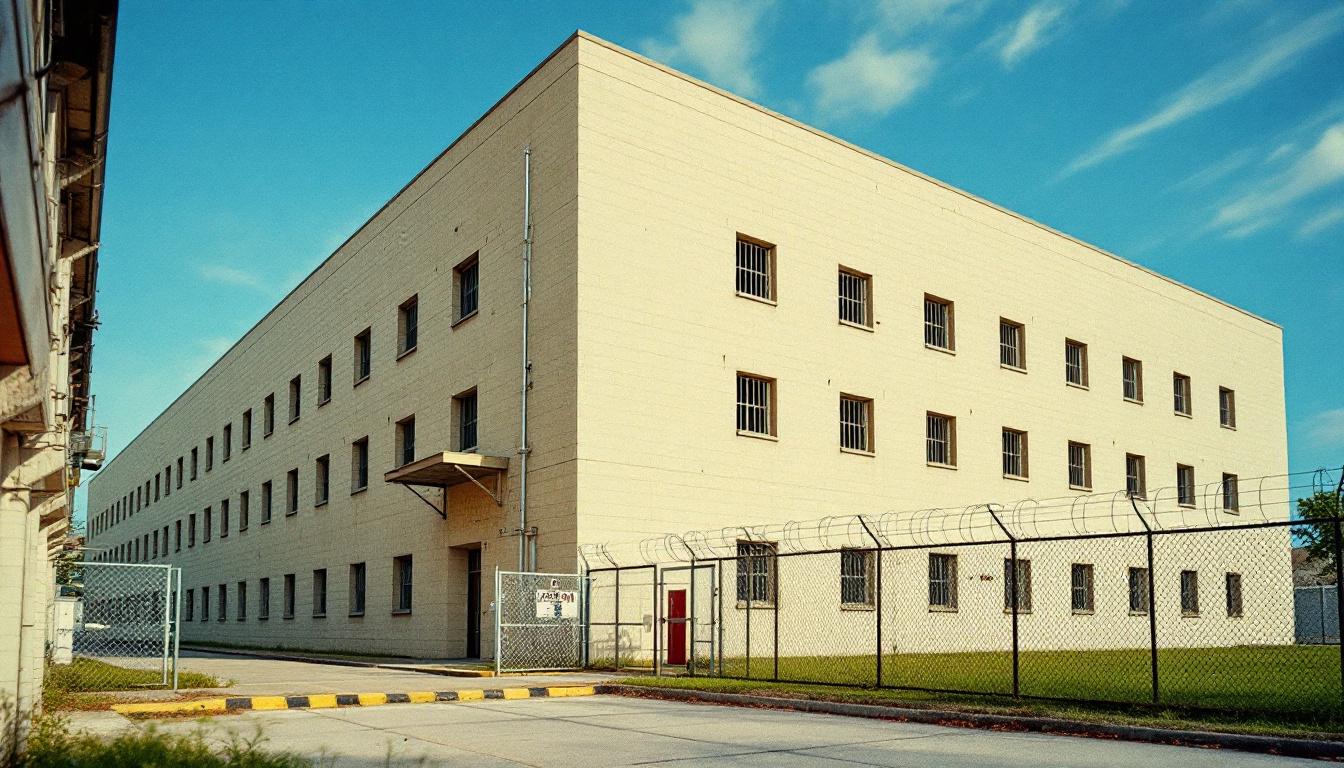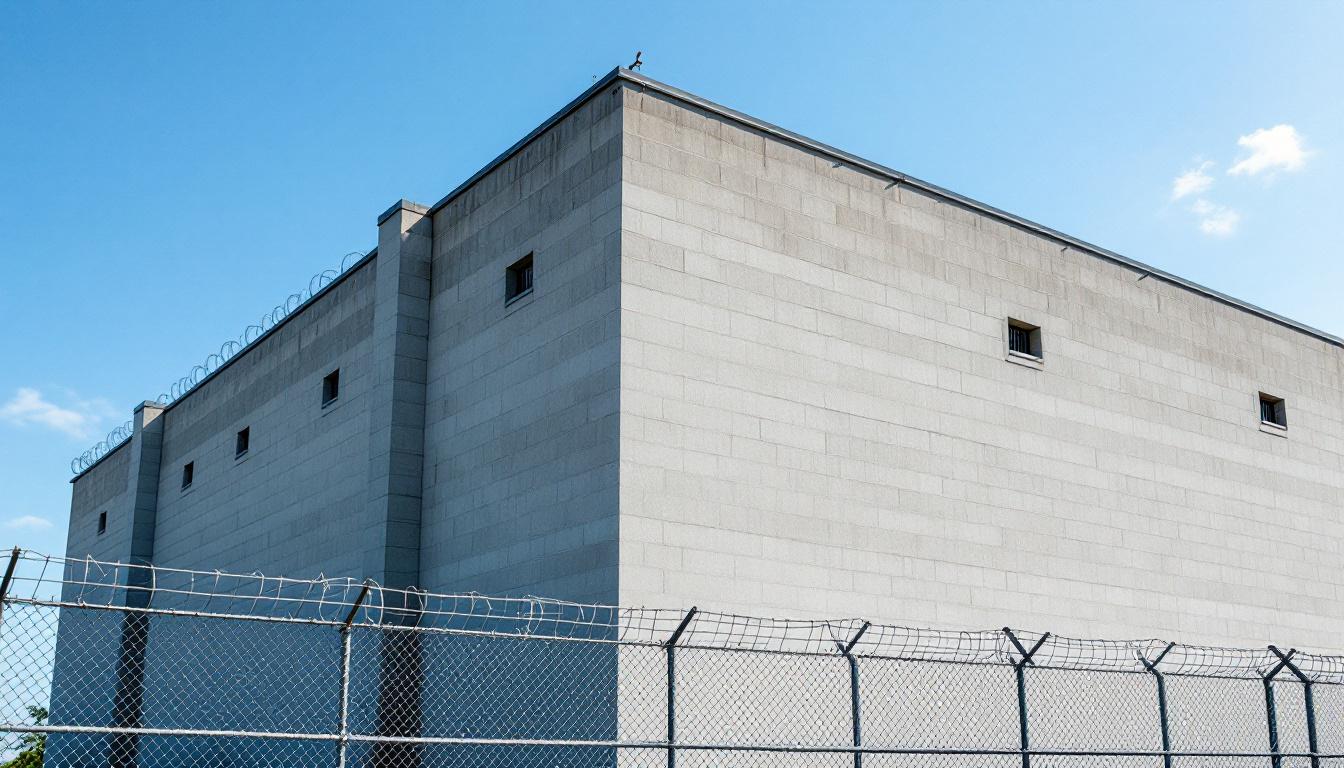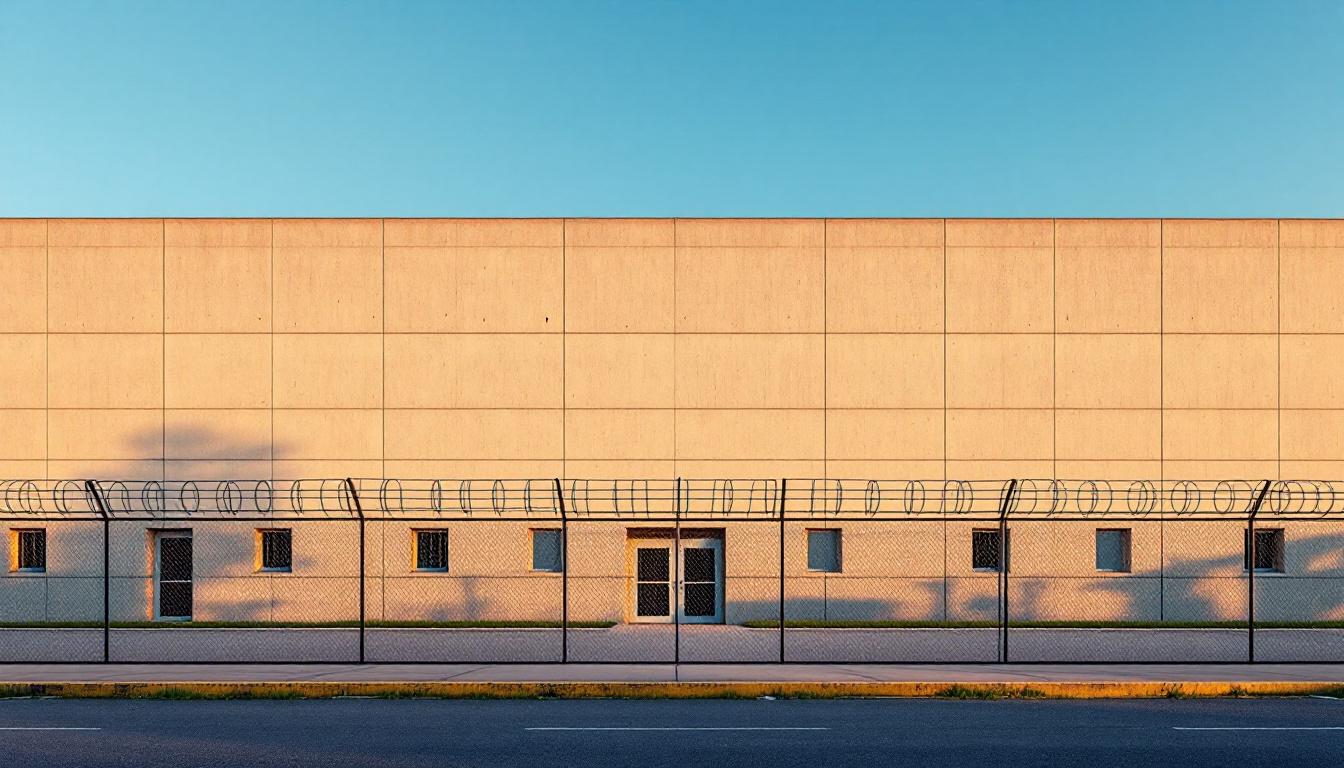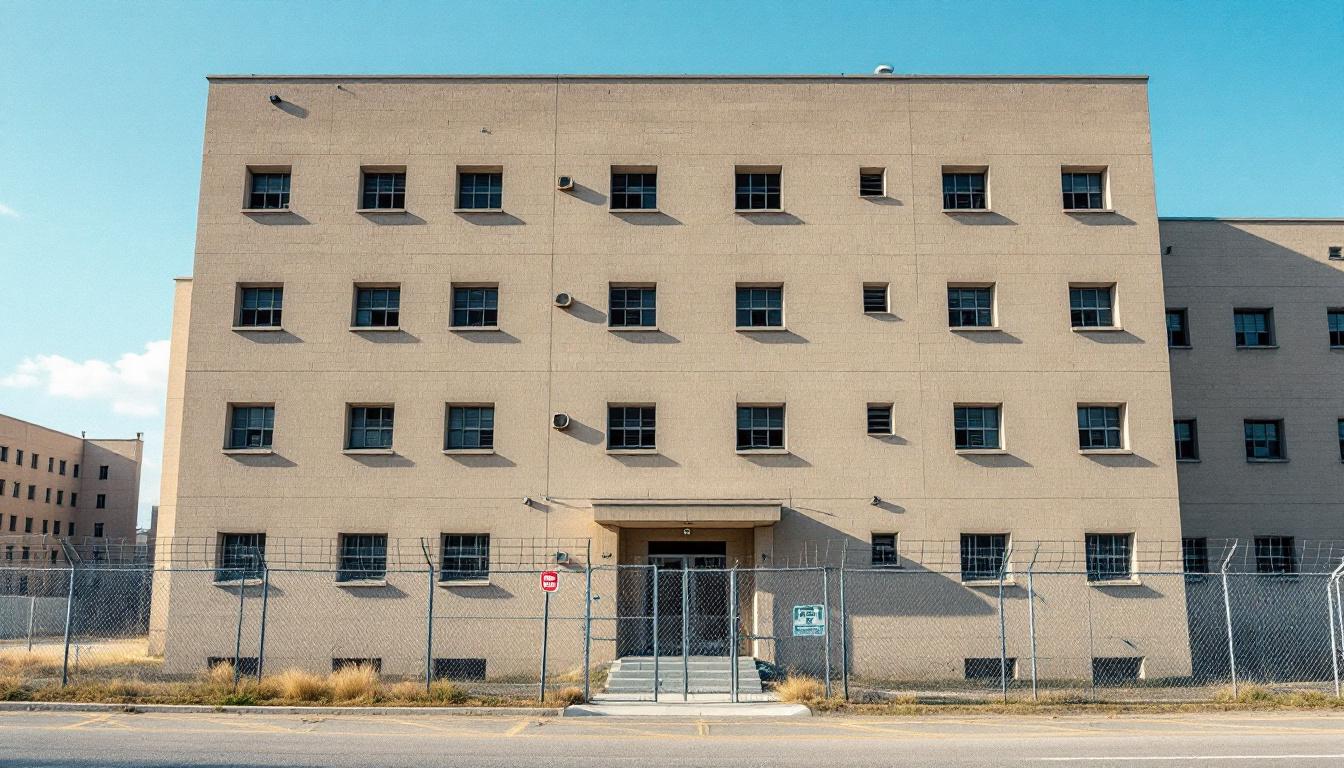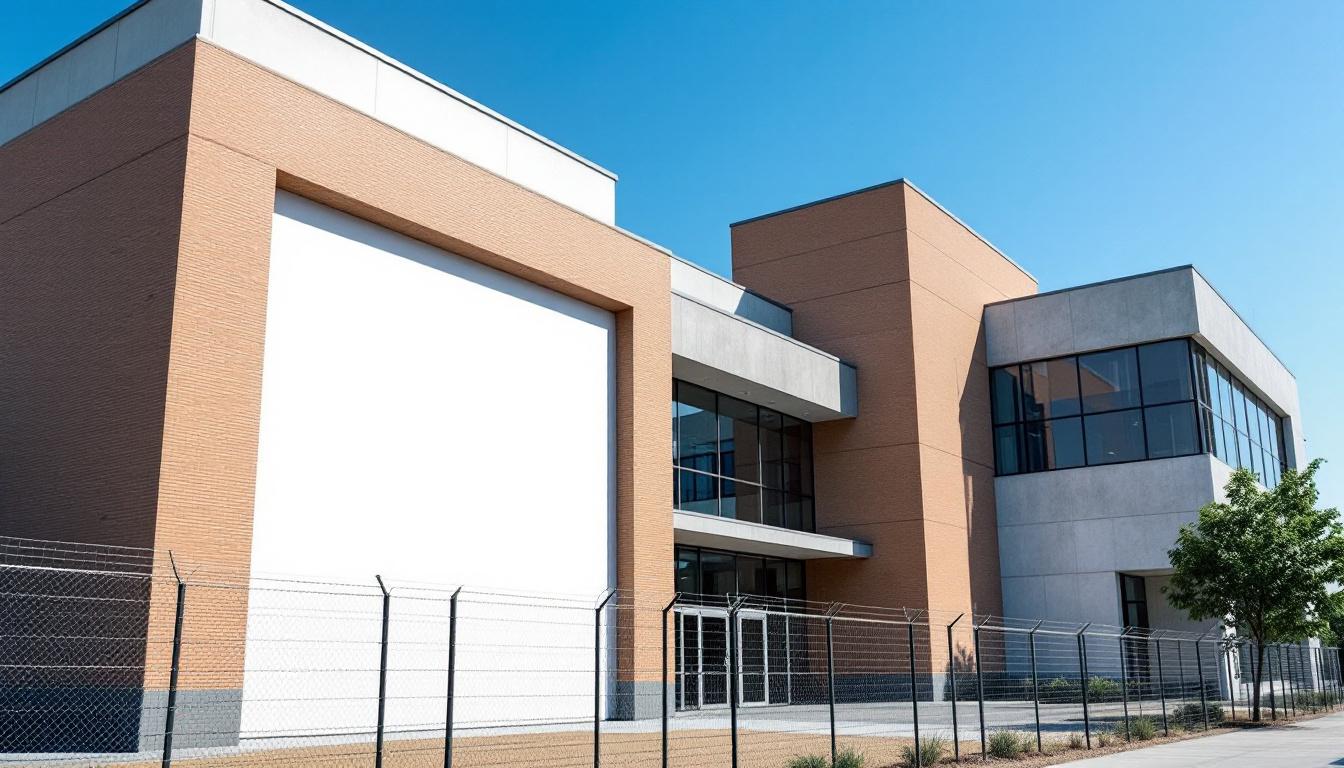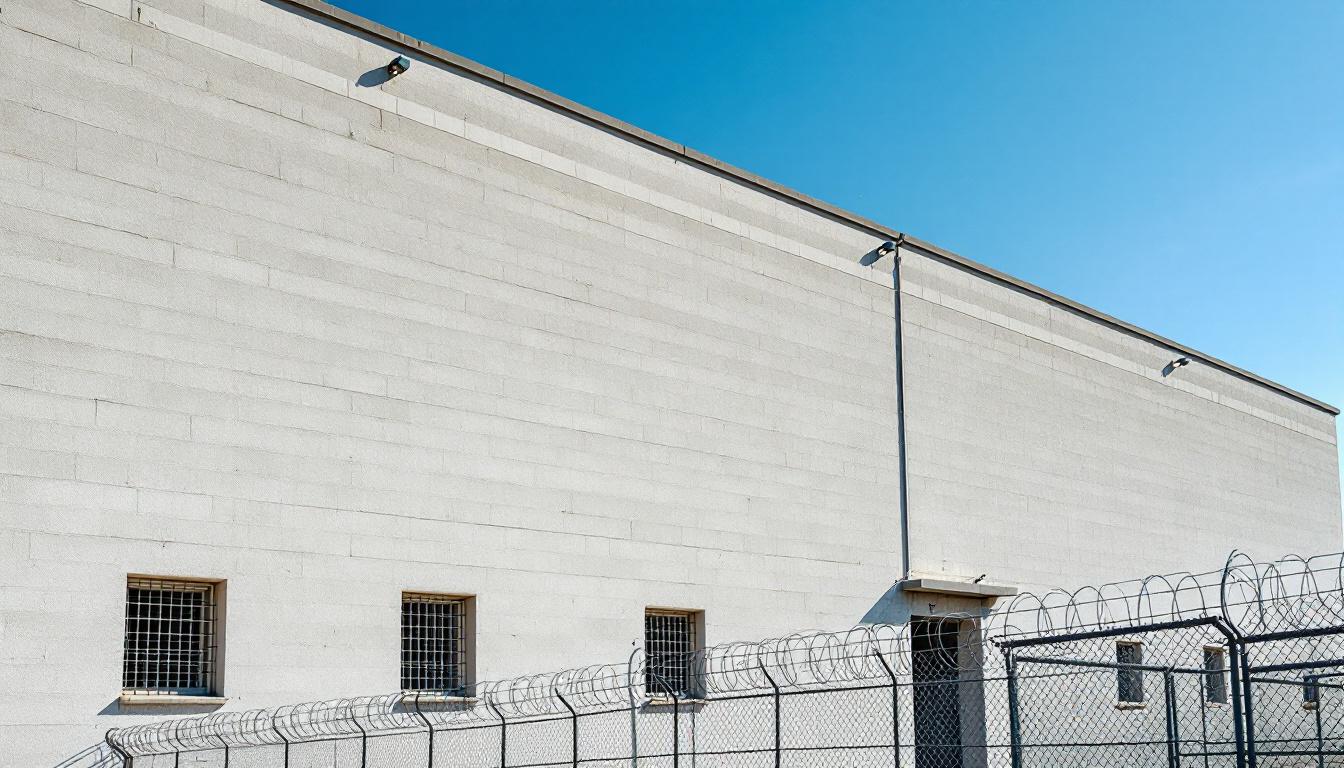
Quick Navigation
How to contact an inmate at RRM San Antonio
This comprehensive guide will walk you through how to connect with an inmate at RRM San Antonio. Follow the steps below to find an inmate and send letters and photos:
- Search for the inmate using our search tool below
- Create your account or log in to Penmate
- Write your message (up to 6,000 characters)
- Send instantly - inmates receive printed copies daily
Find an Inmate
Search for an inmate to start communicating today
Tip: You can search by first name, last name, or inmate ID number
To contact a person at RRM San Antonio start by searching for the person on the official facility website. Perform a search by following these steps:
- Step 1: Enter their first name and last name into the search form and click "Search"
- Step 2: Locate their inmate record
- Step 3: Write down their Inmate ID and any housing information provided
Important! Be sure to enter the person's full name. Nicknames should not be used.
How to Send Messages to Inmates

You can use your phone or computer to send emails, letters, and photos to an inmate. Messages are sent electronically to inmate tablets or kiosks at the facility. If you would like to send a message, start by searching for an inmate at RRM San Antonio.
Sending Photos and Postcards

A great way to send love and support to a loved one at RRM San Antonio is to send photos and postcards. It only takes a few minutes to send photos from your phone and it makes a huge difference. You can also mail postcards with words of support and inspiration, or design your own postcard for special moments like birthdays and holidays.
Important! Be sure not to send any explicit photos or they may not be approved by the facility. You can also use a photo printing app like Penmate to make sure your photos are printed at the correct size (4x6 or 3x5) and are mailed according to the rules and regulations of RRM San Antonio.
Frequently asked questions about RRM San Antonio
-
How long does it take to deliver a message?
If you're sending an email message your letter is usually delivered within 24-48 hours. For messages sent via mail you should expect delivery within 3-7 days. All messages will need be approved by RRM San Antonio.
-
How much does it cost to send a message to RRM San Antonio?
You can send a message free using your phone or mail a message via USPS for the price of a $0.60 stamp and envelope. You can also purchase credits or e-stamps from services starting at $1.99.
-
What services can I use to contact an inmate at RRM San Antonio?
Penmate
You can use Penmate to send letters and photos to an inmate from your phone. It's an easy way to stay in touch during your loved one's incarceration. Use the inmate locator to find an inmate's location and contact information, then you can send messages within a few minutes.
Securus messaging
Securus may be another option for communicating with an inmate at RRM San Antonio. You can create a friends and family account and purchase credits to send messages. All messages will be reviewed and must be approved by the facility.
JPay
Some county jails and state prisons may support sending messages with JPay. You must register an account with the system, find your loved one, and purchase stamps to send messages. For some locations you can also attach photos.
Smart Jail Mail
You may also check if Smart Jail Mail is available at RRM San Antonio. Smart Jail Mail is operated by Smart Communications and has contracted with some state and county jails. After purchasing credits, your messages and photos are sent to the facility, printed out, and then handed out to your loved one.
-
What is the mailing address of RRM San Antonio?
Mailing address:
RRM San Antonio
727 E César E. Chávez Blvd
San Antonio, TX 78206
Phone: (210) 472-6225 -
What are the visiting hours at RRM San Antonio?
Visiting hours at RRM San Antonio vary by housing unit and security level. Generally, visits are scheduled on weekends and holidays, with some facilities offering weekday visits. Contact the facility directly at (210) 472-6225 or check their website for the current visiting schedule. Visits typically last 30-60 minutes and must be scheduled in advance.
-
What items are prohibited when sending mail to RRM San Antonio?
Prohibited items typically include: cash, personal checks, stamps, stickers, glitter, glue, tape, staples, paperclips, polaroid photos, musical or blank greeting cards, hardcover books, magazines with staples, and any items containing metal or electronics. Only send letters on plain white paper with blue or black ink. Photos must be printed on regular photo paper (no Polaroids). Always check with RRM San Antonio for their specific mail policies.
-
How do I send money to an inmate at RRM San Antonio?
You can send money to an inmate at RRM San Antonio through several methods: 1) Online using JPay, Access Corrections, or the facility's approved vendor, 2) Money orders mailed directly to the facility with the inmate's name and ID number, 3) Kiosks located in the facility lobby, or 4) Over the phone using a credit or debit card. Fees vary by method, typically ranging from $2.95 to $11.95 per transaction.
-
Can I schedule a video visit with an inmate at RRM San Antonio?
Many facilities now offer video visitation as an alternative to in-person visits. At RRM San Antonio, video visits may be available through services like Penmate, Securus Video Connect, GTL, or ICSolutions. Video visits typically cost $10-20 for 20-30 minutes and must be scheduled in advance. You'll need a computer or smartphone with a camera and reliable internet connection. Contact the facility for their specific video visitation policies and approved vendors.
-
What identification do I need to visit an inmate at RRM San Antonio?
All visitors must present valid government-issued photo identification such as a driver's license, state ID, passport, or military ID. Minors must be accompanied by a parent or legal guardian who can provide the minor's birth certificate. Some facilities require visitors to be on the inmate's approved visitation list, which may require a background check. Contact RRM San Antonio for specific ID requirements and visitor approval procedures.
-
How can I find out an inmate's release date?
To find an inmate's release date at RRM San Antonio, you can: 1) Use the online inmate search tool if available, 2) Call the facility's records department, 3) Contact the inmate's case manager or counselor, or 4) Have the inmate provide this information during a call or visit. For privacy reasons, some facilities only release this information to immediate family members.
Facility Overview
Contact Information
RRM San Antonio727 E César E. Chávez Blvd
San Antonio, TX 78206
Phone: (210) 472-6225
Official Website

About RRM San Antonio
Balancing security protocols with meaningful rehabilitation opportunities forms the cornerstone mission of RRM SAN ANTONIO, AL, which serves as a vital component within Alabama's correctional infrastructure. Located in San Antonio, this AL correctional facility operates within the broader framework of the state's commitment to maintaining public safety while providing those incarcerated services that support successful community reintegration. The facility's strategic positioning within the south region allows it to serve surrounding communities while maintaining the structured environment necessary for effective correctional operations.
RRM SAN ANTONIO, AL typically emphasizes a comprehensive approach to correctional management that balances essential security measures with programming designed to address various rehabilitation needs. The correctional facility generally offers educational opportunities, vocational training programs, and behavioral intervention services that may include substance abuse counseling and anger management courses. These programs often work in conjunction with mental health services and basic medical care to address the diverse needs of the incarcerated population. Staff members typically focus on maintaining facility safety while encouraging participation in available programming options.
The facility's role within Alabama's correctional system extends beyond simple containment, as it generally provides structured daily routines that may include work assignments, educational activities, and therapeutic programming. Located in San Antonio, the facility often serves as a bridge between incarceration and community reentry, with programs that typically emphasize skill development and personal accountability. Through its various services and security protocols, RRM SAN ANTONIO, AL contributes to the broader goals of public safety and offender rehabilitation within the region's correctional landscape.
Programs & Services
Personal transformation begins through carefully structured opportunities designed to address the multifaceted needs of those incarcerated at RRM San Antonio. The facility's comprehensive approach recognizes that meaningful rehabilitation requires addressing educational deficits, developing marketable skills, and fostering personal growth through diverse pathways. This philosophy of empowerment through structured programming creates an environment where individuals can systematically rebuild their lives while maintaining the security and stability necessary for successful reintegration.
Educational advancement forms the cornerstone of developmental opportunities, with education programs typically addressing various academic levels to meet participants where they are in their learning journey. These offerings may furnish foundational literacy support alongside more advanced coursework, enabling those incarcerated to pursue meaningful credentials. Also complementing the academic foundation, job readiness training provides essential workforce preparation, focusing on the practical skills and professional behaviors that employers value in today's competitive market.
Support services extend beyond traditional classroom learning to encompass holistic development opportunities that recognize the diverse interests and needs of participants. Work release programs often provide supervised community employment experiences that bridge institutional life with real-world responsibilities. Also available are faith-based programs that may offer spiritual guidance and community connection, while arts and crafts activities typically provide creative outlets for self-expression and stress management. Commercial driving training, including CDL preparation, represents another pathway to viable employment, addressing the growing demand for qualified drivers in the transportation industry while providing those incarcerated with concrete skills for post-release success.
Daily Life & Visitation
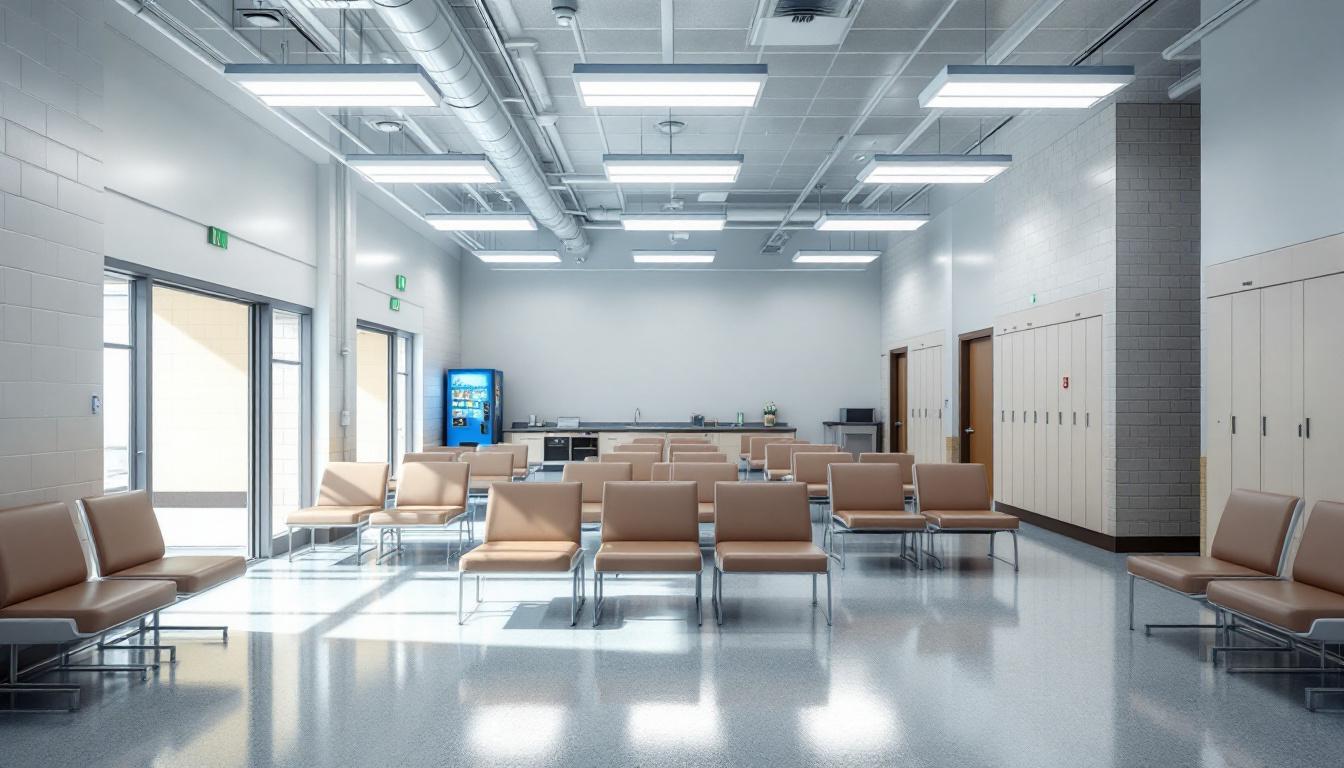
Building and maintaining connections with family members and the broader community forms the cornerstone of daily experiences for those incarcerated at this Alabama facility. At present, residents actively participate in structured routines that balance personal responsibility with opportunities for social interaction, while communication systems help preserve vital relationships with loved ones on the outside.
The housing arrangements typically accommodate multiple residents per unit, creating an environment where individuals share common spaces and develop supportive relationships with their peers. Those incarcerated generally wake to scheduled counts and meal times that bring the community together in dining areas, where conversations and shared experiences help maintain social bonds. Also, the facility furnishes recreational opportunities that may include outdoor exercise periods, television viewing in common areas, and organized activities that encourage positive social interaction among residents.
However, perhaps the most meaningful aspects of daily life center around maintaining connections beyond the facility walls through regular visitation schedules and telephone privileges that allow those incarcerated to stay in touch with family members and friends. Work assignments and structured programming schedules provide additional opportunities for skill development and purposeful activity, while commissary access enables residents to purchase personal items that help maintain dignity and comfort. Also, various programs may offer educational or therapeutic components that support personal growth and community reintegration goals, helping individuals prepare for their eventual return to society while fostering a sense of shared purpose within the facility environment.
Ready to Connect?
Start communicating with your loved one today
Search for an Inmate
